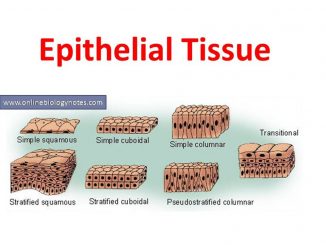
Epithelial tissue: characteristics and classification scheme and types
Epithelial tissue: characteristics and classification scheme and types epithelial tissue An epithelium is a sheet of cells that covers a body surface or lines a […]

Epithelial tissue: characteristics and classification scheme and types epithelial tissue An epithelium is a sheet of cells that covers a body surface or lines a […]

Sound wave are pressure wave that enter the external ear. After crossing the external auditory meatus, the wave reaches the tympanic membrane. The vibration is […]

Physiological events of vision consists of following; Refraction of light entering the eye Focusing of image on the retina by accommodation of lens Convergence of […]
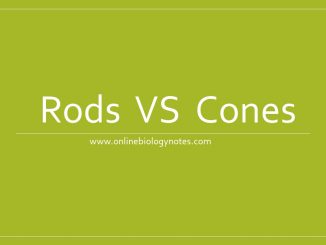
Difference between rods and cones Point of difference RODS CONES Number More numerous, 125 millions in each eye Less than rods, 7 millions in each […]
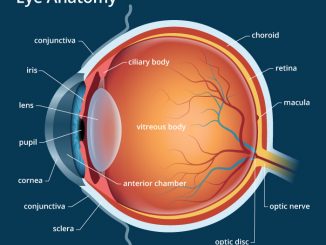
Human Eye: Anatomy, parts and structure The eye is the photo-receptor organ. Size and shape: Human eye is spherical about 2.5 cm in diameter. Location: […]
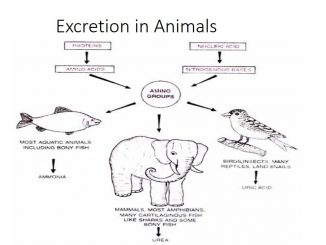
Excretion in Animals; significance of excretion, modes and types of excretory wastes in different animals Excretion: It is defined as elimination of metabolic wastes by […]
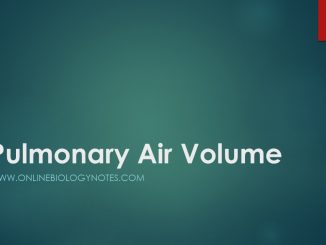
Pulmonary air volume and capacities In normal quiet breathing there are about 15 complete respiratory cycles per minute. The amount of air exchanged during breathing […]

Oxygen dissociation curve The effect of carbon dioxide and acidity favor the formation of Oxyhaemoglobin at low concentration of CO2 and H+ ion and causes […]

Chloride shift/Hamburger phenomenon The greater proportion (70%) of carbon dioxide is transported in the form of bicarbonates. The CO2 reacted with the water of the […]
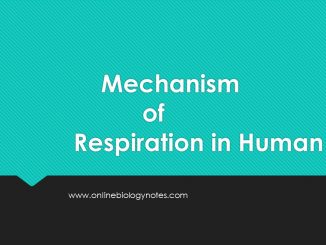
Entire physiology of respiration involves following steps Breathing or pulmonary ventilation External respiration Transport of O2 to tissue Internal respiration Transport of CO2 from tissue […]
Copyright © 2024 | WordPress Theme by MH Themes